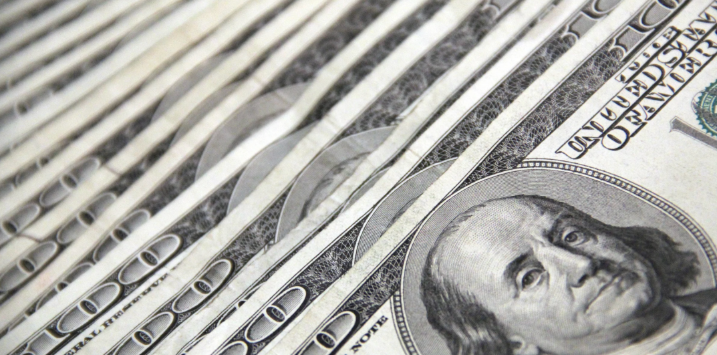
The warnings mount: first Buffett, and now Powell and Tudor Jones
The U.S. economy and stock market are teetering, according to Federal Reserve Chair Jerome Powell and billionaire hedge fund manager Paul Tudor Jones. Together, they warn that aggressive tariffs and a cautious monetary policy result in the economy and market facing heightened inflation risks, unemployment, and a downturn.
This comes less than a week after Warren Buffett, while announcing his retirement, said he will hang around in case he is needed, stating, “I could be helpful, I believe, in that in certain respects, if we ran into periods of great opportunity, I think Berkshire has a special reputation…”
Powell, speaking at a news conference following the Federal Reserve’s decision to hold interest rates steady at 4.3 per cent, highlighted the dangers posed by President Donald Trump’s tariffs, “If the large increases in tariffs that are sustained, they’re likely to generate a rise in inflation, a slowdown in economic growth, and an increase in unemployment,” Powell cautioned.
These tariffs, which Trump has acknowledged are unsustainable at current levels, act as a shock to the economy, raising costs and curbing businesses’ ability to supply goods and services.
As we recently reported, we are already seeing the impact of Trump’s tariffs on U.S. business capital spending intentions, input prices and new orders, while consumers are already losing confidence and increasing their anxiety about job security. The resulting uncertainty has chilled investment and sapped profits, with cargo volumes from China dropping 35 per cent in recent weeks and small businesses stuck in limbo.
Meanwhile, Jones, the legendary futures trader who perhaps most famously predicted the 1987 stock market crash, delivered a stark warning about the stock market’s vulnerability. On CNBC’s Squawk Box he argued that the combination of Trump’s tariffs and the Federal Reserve’s reluctance to cut rates spells trouble. “You have Trump, who’s locked in on tariffs. You have the Fed who’s locked in on not cutting rates. That’s not good for the stock market,” Jones said. He predicts that even if Trump dials back tariffs to 50 per cent or 40 per cent, the economic drag – equivalent to the largest tax increases since the 1960s – could shave as much as 2 per cent to 3 per cent off economic growth, pushing stocks to new lows.
The Federal Reserve’s cautious stance this week confirms Jones’s concerns. Powell emphasised a “wait and see” approach, using the phrase 11 times during his press conference. “We don’t feel like we need to be in a hurry. We feel like it’s appropriate to be patient,” he said, signalling that rate cuts are unlikely before mid-year. This patience stems from the Federal Reserve’s dilemma: tariffs could fuel inflation, but holding rates steady risks tightening monetary policy as the economy slows.
Inaction now could force the Federal Reserve into larger, half-percentage-point cuts later, and potentially too late to prevent a sharper downturn. Some analysts believe the longer the Federal Reserve remains on hold, the more they’re passively tightening.
Jones echoed this concern, noting that the Federal Reserve’s current range of 4.25 per cent to 4.5 per cent and its wait for “greater clarity” on trade policy could delay necessary action. “Unless they got really dovish and really, really cut, you’re probably going to go to new lows,” he predicted. The S&P 500 is currently eight per cent below its all-time high after a tariff-driven sell-off. According to Jones the S&P 500 hasn’t found a bottom and won’t until after macroeconomic conditions deteriorate.
Powell noted that the economy’s recent bout of high inflation makes it risky to assume consumers and businesses will expect prices to stabilise after a tariff-driven spike. Meanwhile, Trump’s allies downplay tariff-driven inflation while urging rate cuts.
One potential positive is that market-based inflation expectations, derived from Treasury inflation-protected securities, remain low, suggesting bond markets aren’t bracing for runaway inflation. This makes some analysts and traders question the Federal Reserve’s concerns.
For now, the market seems to be awaiting concrete evidence of economic deterioration, and while Jones’ believes that’s a recipe for a crash, it’s worth remembering that such data would prompt the Federal Reserve to act, which would probably be seen as a positive by investors.
As always, the key is not to try to predict where the market is going but to focus on regularly investing in high-quality businesses that demonstrate sustainable competitive advantages and earnings growth. Don’t listen to the market; be ready to take advantage of it.